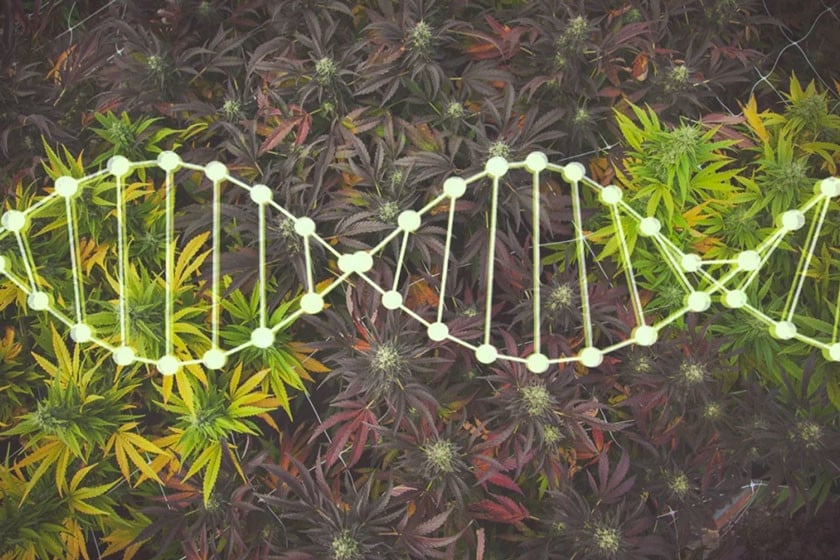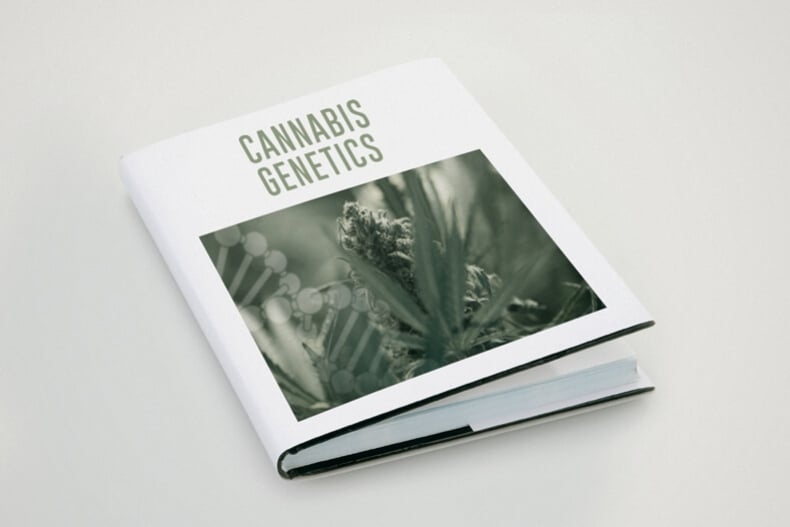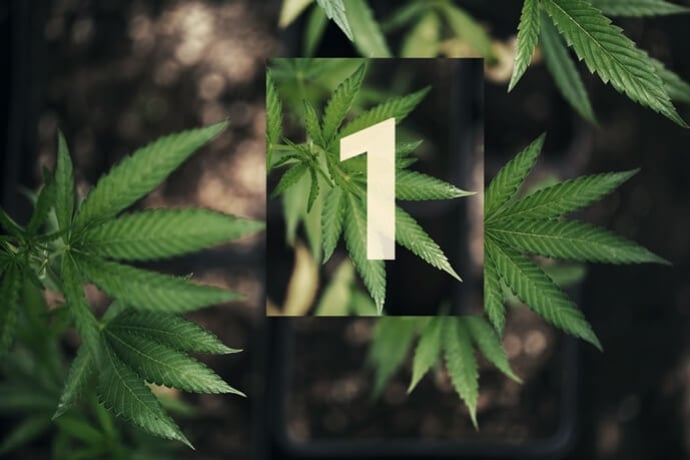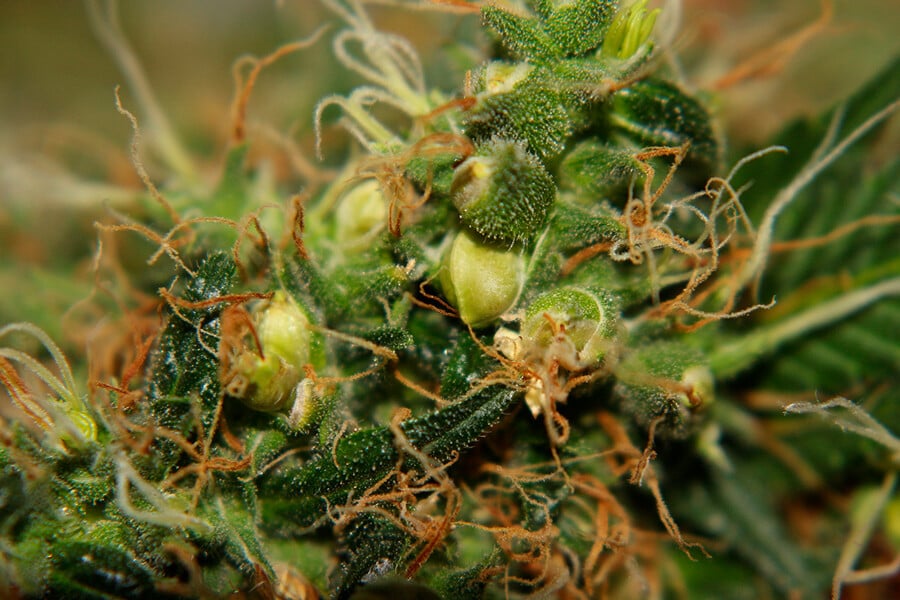.
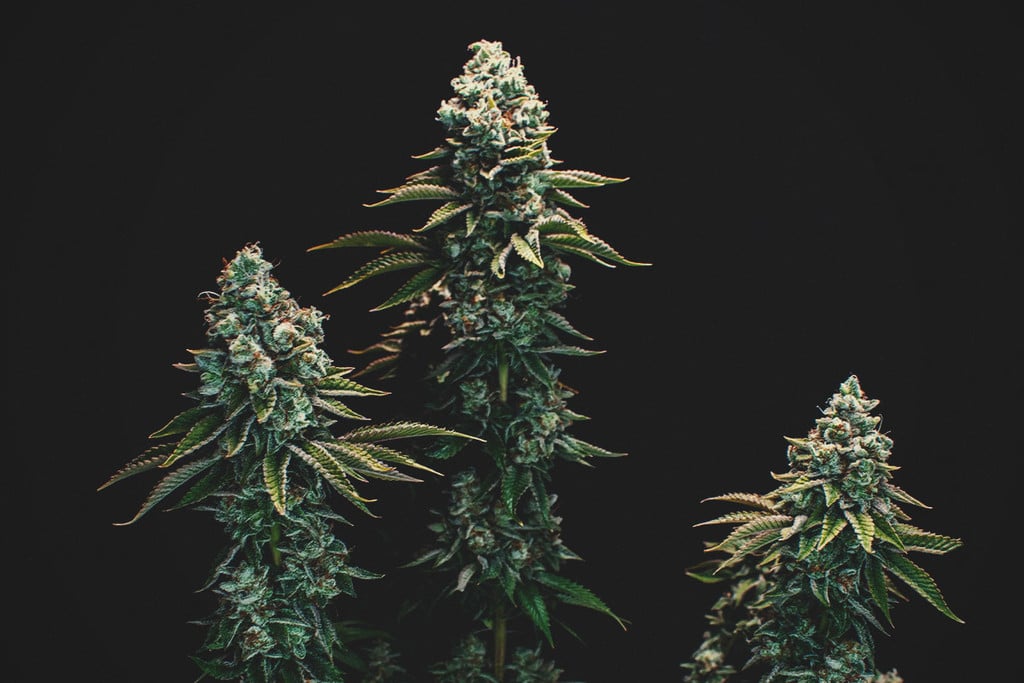
What Does Sinsemilla Mean, And Why Is It Important?
If you love cannabis, you've probably come across the word sinsemilla. Is sinsemilla some special kind of cannabis? Where does it come from? Read on to find out!
Contents:
If you’re interested in cannabis and cannabis culture (and we have an inkling you may well be…), chances are you’ve come across the word “sinsemilla”. Interestingly enough, there is some confusion among people as to what sinsemilla really means.
In the same way that some weed lovers in the UK freely use the word “Skunk” to describe top-notch bud, so too do some folks use “sinsemilla” to describe special varieties of super-potent weed that come from places like Amsterdam. Here’s what sinsemilla really means...
SINSEMILLA: WHAT DOES IT MEAN?
The word sinsemilla comes from the Spanish words “sin” (“without”) and “semilla” (“seed”), so it literally translates to “without seeds”. Contrary to what some may think, sinsemilla cannabis does not refer to a specific strain, subtype, or geographic location. The word is simply used to describe seedless cannabis flowers that come from unfertilised female plants.
That said, the first interpretation that sinsemilla stands for darn good and very potent weed isn’t so wrong. Indeed, seedless cannabis is more potent, tastes better, and is simply of overall higher quality than weed full of seeds.
WHY IS SEEDLESS CANNABIS BETTER?
Pollinated female cannabis plants spend a lot of their energy on producing seeds. But unless you are a breeder and require the seeds, this is not what you want. Unfertilised females don’t produce seeds, but instead spend energy on producing resin. As such, seedless buds have higher levels of cannabinoids and aromatic substances—they are more potent and will taste better.
WHERE DOES THE WORD SINSEMILLA COME FROM?
In the past, long before cannabis cultivation in the West was established, cannabis and hash were almost exclusively imported. Dried flowers usually came from Mexico, where cannabis was grown in the wild without the care and tech of today’s grow operations. A lot of the imported “grass” had plenty of seeds in it, so it wasn’t really what one would consider quality bud.
Once breeders found out that separating male plants from the females resulted in seedless buds of much better quality, we never looked back.
It is thought that the word sinsemilla was coined in the 1970s, around the time when cultivation started ramping up in the US and Europe. Here it was used to differentiate seedless weed from the poorer stock. As the “new” weed was indeed better and more potent, this gave rise to the misconception of sinsemilla being a different, very strong variety of cannabis.
Truth was, of course, that it was still the same weed from the same strains. The only difference was in how it was cultivated. What’s more, this alleged new kind of powerful cannabis fuelled anti-cannabis propaganda, as weed suddenly became more “dangerous” in the eyes of the establishment.
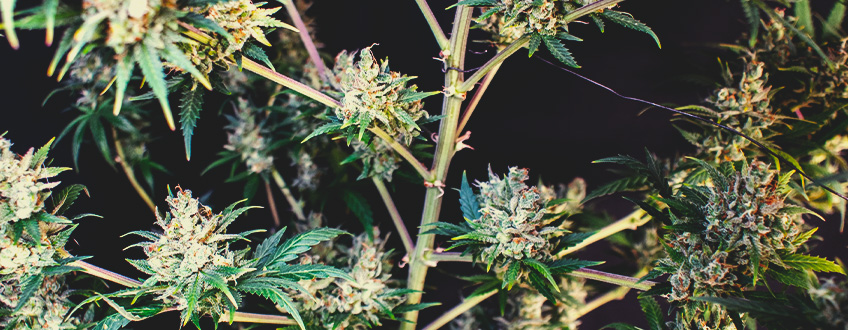
TURNS OUT, SINSEMILLA IS THE BETTER WEED
As knowledge spread that seedless cannabis flowers made for a far better product, growers started focusing on producing sinsemilla exclusively, culling male plants as soon as they could. If they required seeds for breeding, they kept the sexes strictly separated and only allowed pollination of select female plants in dedicated areas.
A little later, when indoor cultivation became popular, the separation of male and female cannabis plants became even easier and more commonplace. Growers could simply keep each in a separate grow room or tent to limit the risk of accidental pollination.
FEMINISED CANNABIS: THE SINSEMILLA BREAKTHROUGH
But the real breakthrough with growing sinsemilla came with the invention of feminised cannabis seeds in the 1990s. Previously, when growing from regular seeds, growers would need to cull the males as soon as possible. Feminised seeds did away with this concern, allowing growers to cultivate female plants only. The issue of seedy buds soon became a thing of the past. As a result, the term sinsemilla has lost some of its relevance in the modern day.
IS SINSEMILLA INDICA OR SATIVA?
Sinsemilla, as we explained, just describes bud without seeds. The word can be used for any type of female cannabis plant that wasn’t fertilised, regardless of the strain. As such, sinsemilla can be either indica or sativa.
CAN YOU SMOKE SINSEMILLA?
Of course. Less seeds means more flowers, more resin, more aroma, and more “oomph” when you’re smoking. The purpose of sinsemilla is to give folks the best cannabis experience. So yes, sinsemilla means it’s time to blaze!
GROWING SINSEMILLA: THE BOTTOM LINE
Sinsemilla is really just another word for feminised cannabis. In this day and age, where weed is grown in controlled environments, it is easier than ever for growers to ensure their crops are entirely female. You don’t need to worry about accidental pollination spoiling your harvests. What you’re growing today is almost always sinsemilla—great bud, minus the seeds!


























